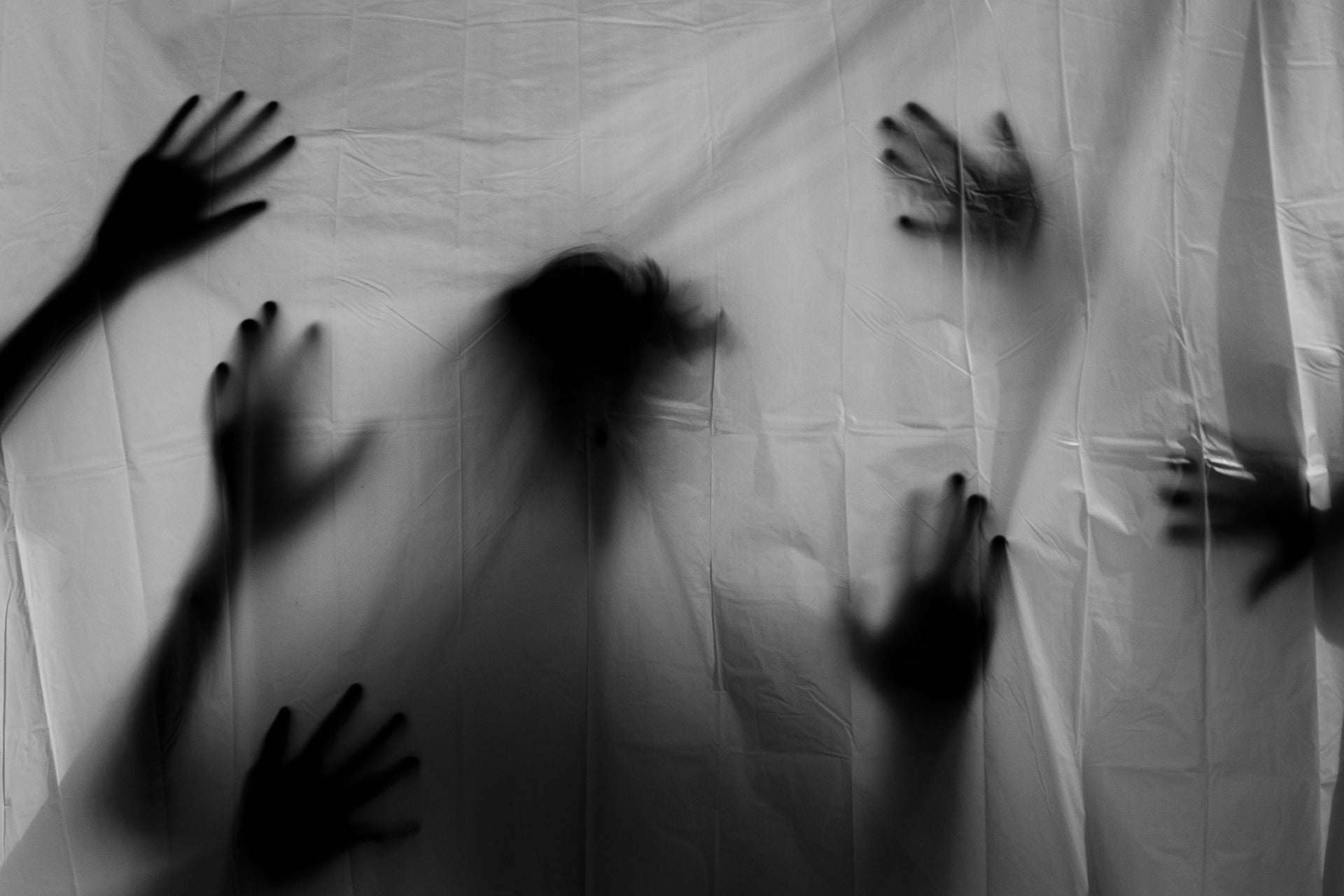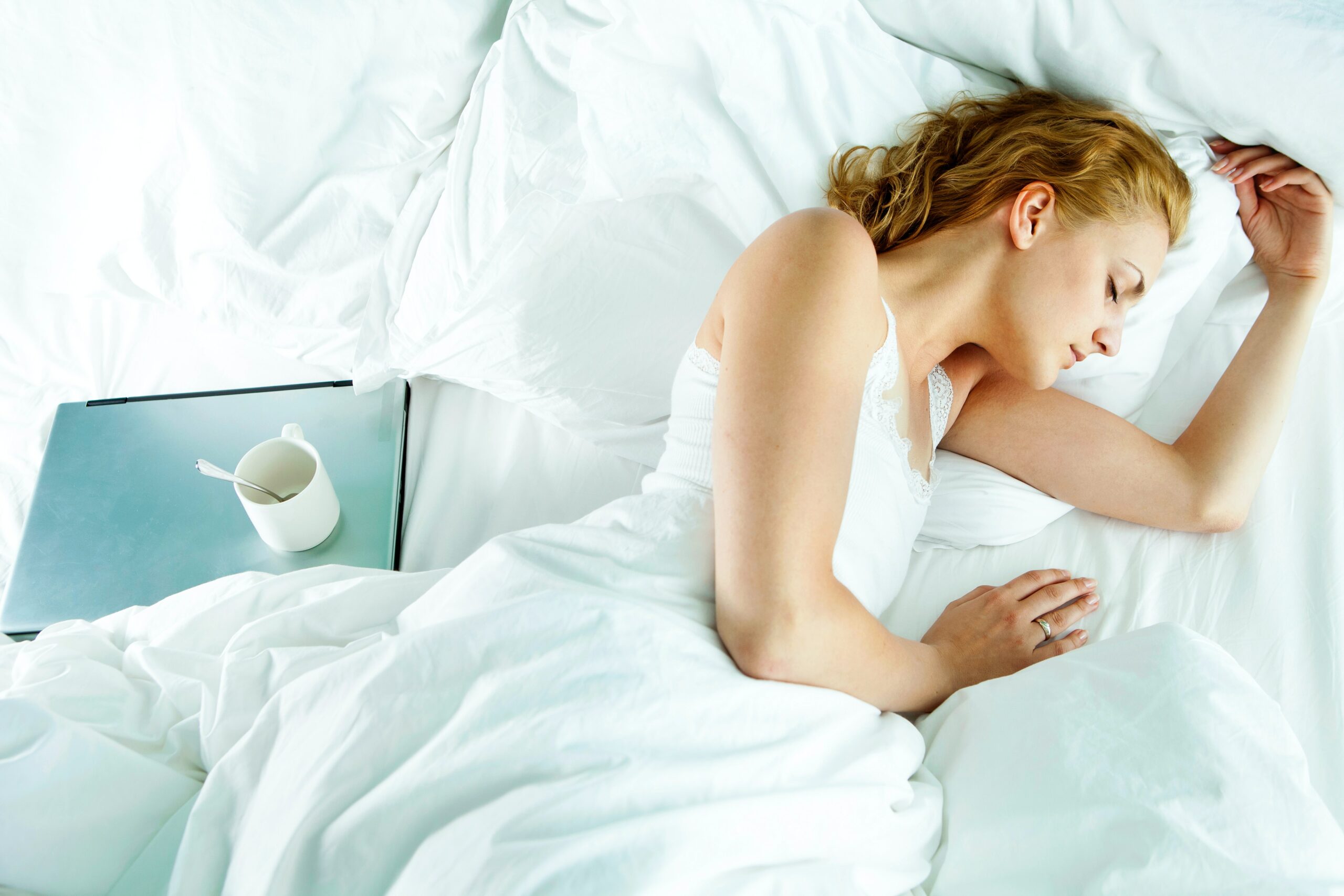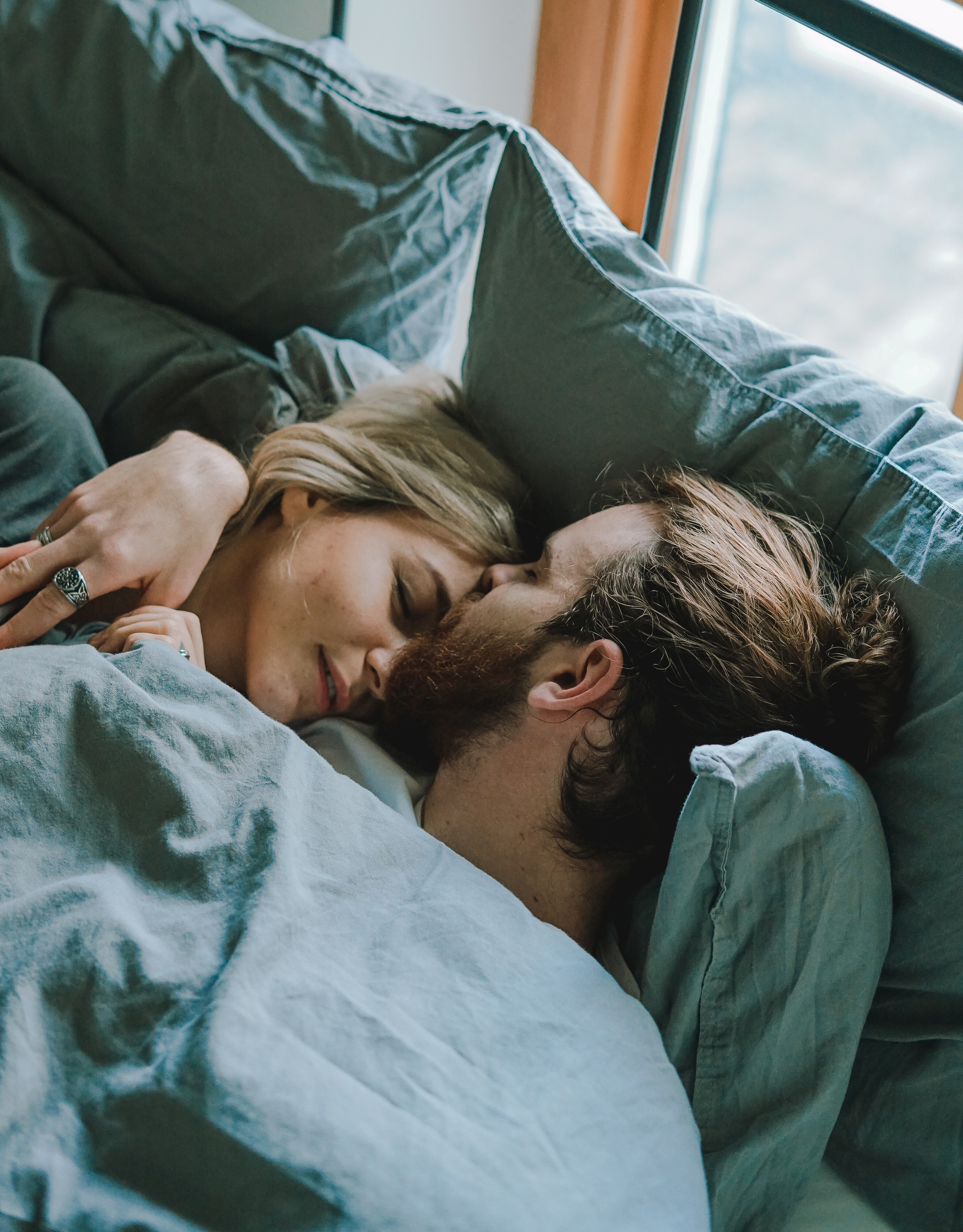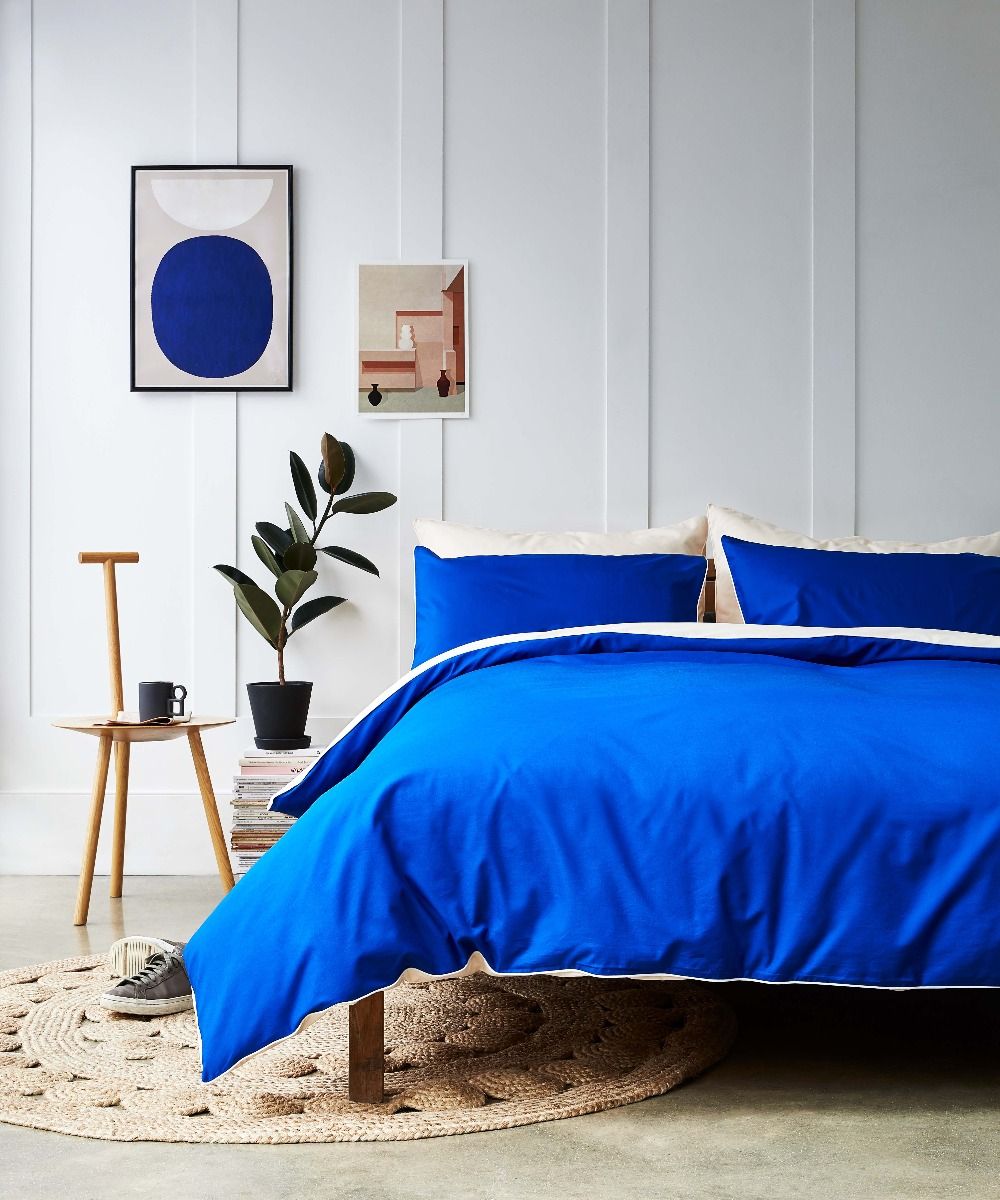I remember the first time I had sleep paralysis very clearly. I had put myself to bed a few hours earlier as I felt unwell that evening. My body had felt quite warm and achey, so I thought the best thing was to rest up for tomorrow. I had fallen asleep quickly and with ease due to the accompanying tiredness. I had also fallen asleep on my back from passing out, which was unusual as a side sleeper. The next thing waking moment I knew was that I had a full-on fever, and had sweated through my bedsheets. My sheets, to my pyjamas, through to my hair on the pillow, were soaked with sweat.
I had no idea of I had been asleep for ten minutes or ten hours. Everything was dark, both in my room and in the outside world from the window, so I went to grab my phone to see what the time was. I could not feel the typical mechanism of my arm moving, and yet I saw my arm reach for the bedside table. I knew my phone password, and saw my fingers reach to type in the number, but they couldn’t do it.
My fingers went right through the screen buttons and pierced through my phone. I tried getting a better grip with my thumb, but it did not work. Rather, my phone sank deeper into my palm, becoming transparent. The phone continued sinking towards my wrist. Before it went any further, I was back at the beginning – grabbing my phone to open it, and having it sink. It then happened to me for a third time. It happened faster and faster. Again and again.
Eventually, I managed to break through the cycle and found myself waking up for real. This time, my grab for my phone was successful and it was 5am. I realised although I was waking up properly, I had already been awake. In that hallucination, I saw exactly how my room was with my awake eyes. I realised that my eyes must have been open, and that I had been trapped somewhere between dreams and the waking world.
Discovering Sleep Paralysis
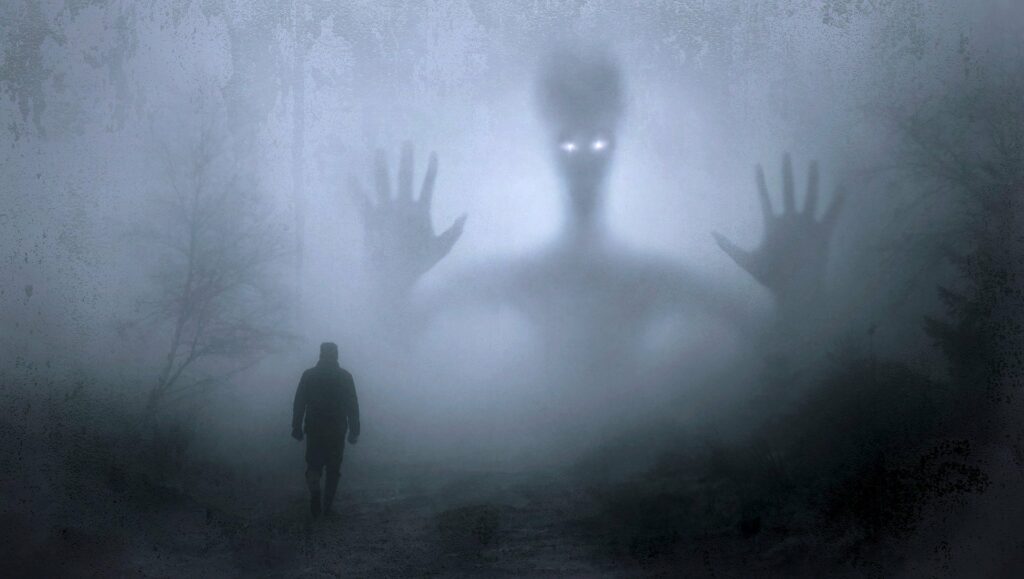
I had heard about sleep paralysis before, and was aware it was a clear and distinct experience. People had been candid about their experiences of seeing demons or shadowy figures in the corner of their room. “My sleep paralysis demon” was a very popular internet joke, and shaped my understanding of what it was. Those hallucinations existed only in the fantasy of horror movies. What I had was disorienting, frustrating, and maybe frightening at first, but it was nothing like that.
I did, however, know instantly it was sleep paralysis. What other instance in life do you see hallucinations in your room? Perhaps my hallucination was more unique, but really I had gotten lucky. I wasn’t terrified to go back to sleep, but I was certainly wary. How long would I be trapped in that cycle? Would it last for hours and hours? Could I end up being late to things because I was hallucinating a waking experience? All I was certain of is that I would do whatever it takes for it to not happen again.
Finding the Triggers
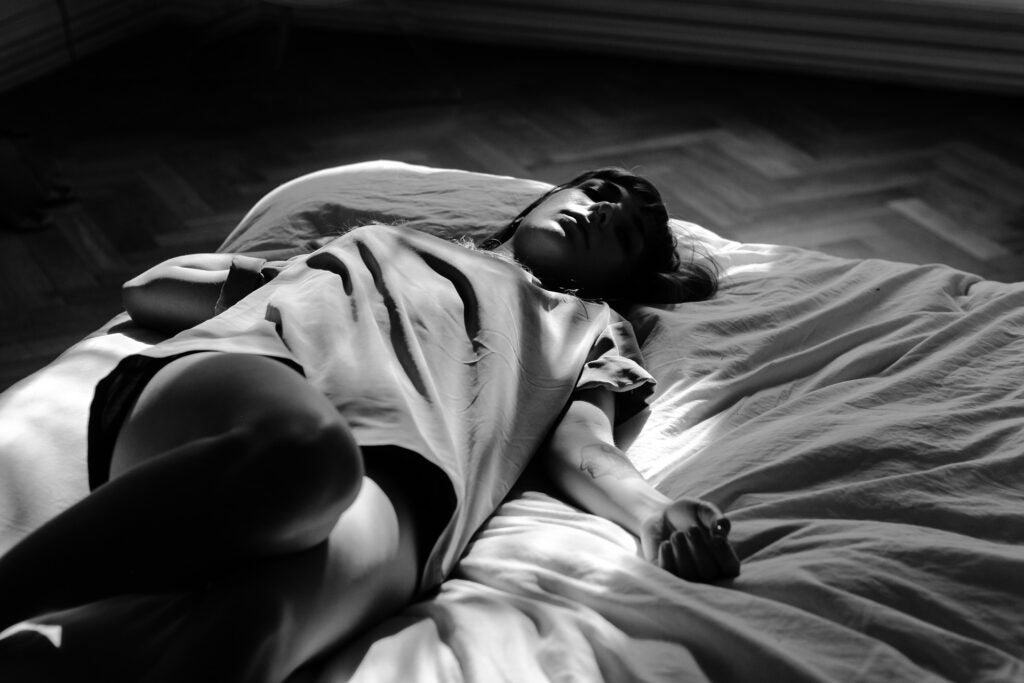
The only way I could prevent sleep paralysis was finding the root of the problem. I remembered that I had slept on my back that evening. I read online that 70% of sleep paralysis occurs when the person is on their back. Sleeping on your back makes you more vulnerable to waking up, meaning its easier to catch yourself between dreaming and being awake. Digestive issues, such as a full meal or caffeine before bed, were also flagged as a cause.
Atonia is what causes the body to have sleep paralysis hallucinations. Atonia is a brief loss of muscle control upon falling asleep or waking up, and prevents people from acting out their dreams. When atonia doesn’t end, the dreams we have during sleep continue into our waking experience.
Learning about prolonged atonia allowed me to discover its triggers from the brain. Having learned about physical triggers of hallucinations, finding mental triggers was essential for tackling it fully. An infrequent day-night sleep triggers REM rebound, in which Rapid Eye Movement (REM) escalates after a period of sleep deprivation. REM sleep is typically accompanied by atonia, and makes sleep paralysis more likely.
Tiredness plays a huge role in causing paralysis. Not only does it cause catch ups that lead to REM rebound, but creates hallucination-inducing stress. Tiredness leads to poor brain function, making stress more likely. Stress makes falling asleep more difficult, making a cycle of sleep deprivation that is hard to break. Stress has been linked to increased REM rebound on its own, meaning you are doubling your chances of experiencing sleep paralysis. Eliminating stress before bed is essential for preventing hallucinations.
Learning Sleep Paralysis Prevention
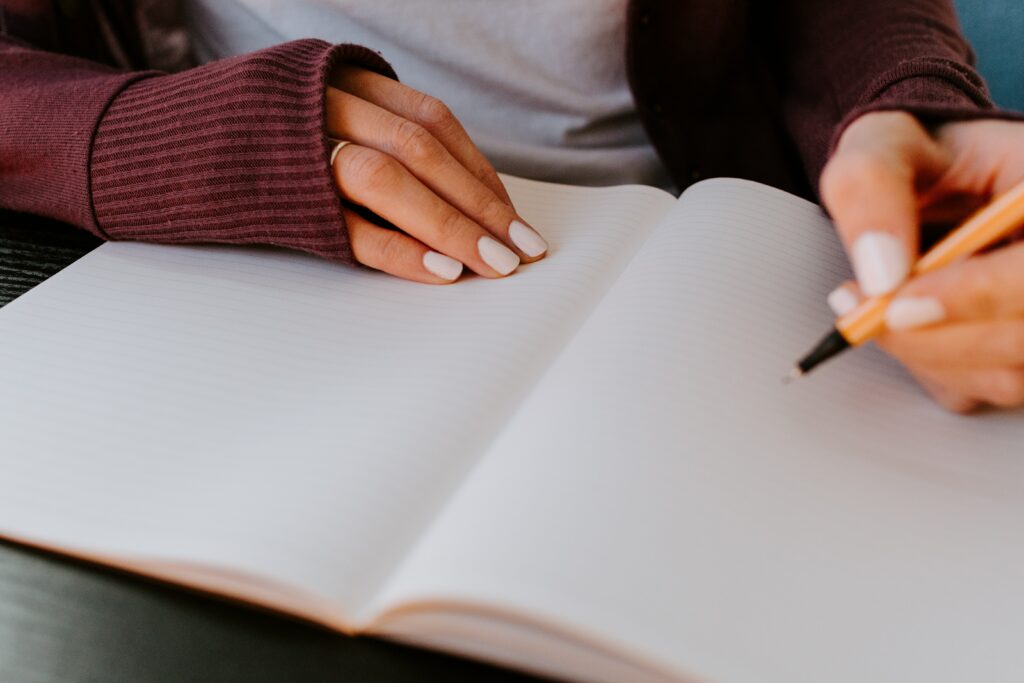
I now feel confident in what caused me to hallucinate, having done my research. Feeling unwell and tired, combined with sleeping on my back, likely caused the effect. There is a wealth of scientific study linking these factors to sleep paralysis, as well as helpful advice.
Learning this has made me more wary of my pre-bed behaviours. Now, I try to fall asleep at a more consistent time and try to clear my mind of subconscious stresses before falling asleep. I also avoid falling asleep on my back whenever possible. I have had sleep paralysis once or twice since that first time, and reflecting on my pre-sleep ritual helped to trace patterns that led to those hallucinations.
These other instances were not as confusing or frightening as the first, because I knew what it was happening rather quickly. There is no 100% effective approach to preventing hallucination. A huge part of the battle against it is knowledge. Focusing on what you can control, such as your physical or mental state prior to sleeping, is all you can do. Even for what you cannot control, knowing what is happening to cause sleep paralysis is helpful and reassuring.

